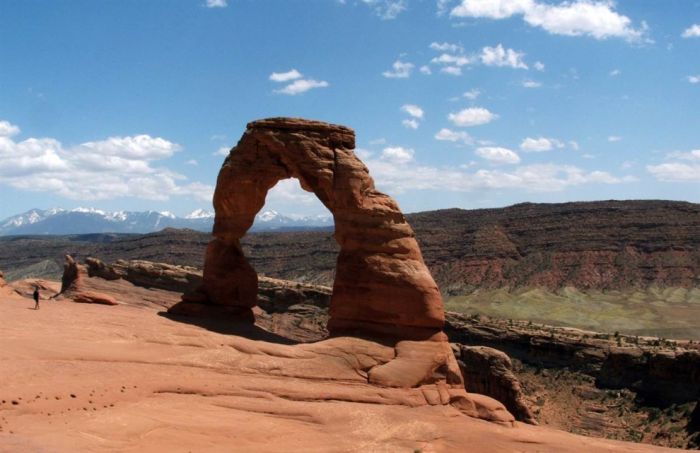|
|
World National Park
|
A park is an area of open space provided for recreational use, usually owned and maintained by a local government. Parks commonly resemble savannas or open woodlands, the types of landscape that human beings find most relaxing. Grass is typically kept short to discourage insect pests and to allow for the enjoyment of picnics and sporting activities. Trees are chosen for their beauty and to provide shade.
The world's first public park is claimed to be la Alameda de Hércules, in Seville. It is a promenaded public mall, urban garden and park built in 1574, within the historic center of Seville. It is located between the river Guadalquivir and the Macarena neighborhood. Other early parks include the City Park, in Budapest, Hungary, which was property of the Batthyány family. In 1808 an Imperial law converted it to the English style. Some years later the Count Batthyány ordered that it should be established as a public park. The earliest purpose built public park, although financed privately, was Princes Park in the Liverpool suburb of Toxteth. This was laid out to the designs of Joseph Paxton from 1842 and opened in 1843. The land on which the park was built was purchased by Richard Vaughan Yates, an iron merchant and philanthropist, in 1841 for £50,000. The creation of Princes Park showed great foresight and introduced a number of highly influential ideas. First and foremost was the provision of open space for the benefit of townspeople and local residents within an area that was being rapidly built up. Secondly it took the concept of the designed landscape as a setting for the suburban domicile, an idea pioneered by John Nash at Regent’s Park, and re-fashioned it for the provincial town in a most original way. Nash’s remodelling of St James’s Park from 1827 and the sequence of processional routes he created to link The Mall with Regent’s Park completely transformed the appearance of London’s West End. With the establishment of Princes Park in 1842, Joseph Paxton did something similar for the benefit of a provincial town, albeit one of international stature by virtue of its flourishing mercantile contingent. Liverpool had a burgeoning presence on the scene of global maritime trade before 1800 and during the Victorian era its wealth rivalled that of London itself.
The form and layout of Paxton’s ornamental grounds, structured about an informal lake within the confines of a serpentine carriageway, put in place the essential elements of his much imitated design for Birkenhead Park. The latter was commenced in 1843 with the help of public finance and deployed the ideas he pioneered at Princes Park on a more expansive scale. Frederick Law Olmstead visited Birkenhead Park in 1850 and praised its qualities. Indeed Paxton is widely credited as having been one of the principal influences on Olmstead and Calvert’s design for New York’s Central Park of 1857.
Another early public park is the Peel Park, Salford, England opened on 22 August 1846. Another possible claimant for status as the world's first public park is Boston Common (Boston, Massachusetts, USA), set aside in 1634, whose first recreational promenade, Tremont Mall, dates from 1728. True park status for the entire common seems to have emerged no later than 1830, when the grazing of cows was ended and renaming the Common as Washington Park was proposed (renaming the bordering Sentry Street to Park Street in 1808 already acknowledged the reality).
|
|









